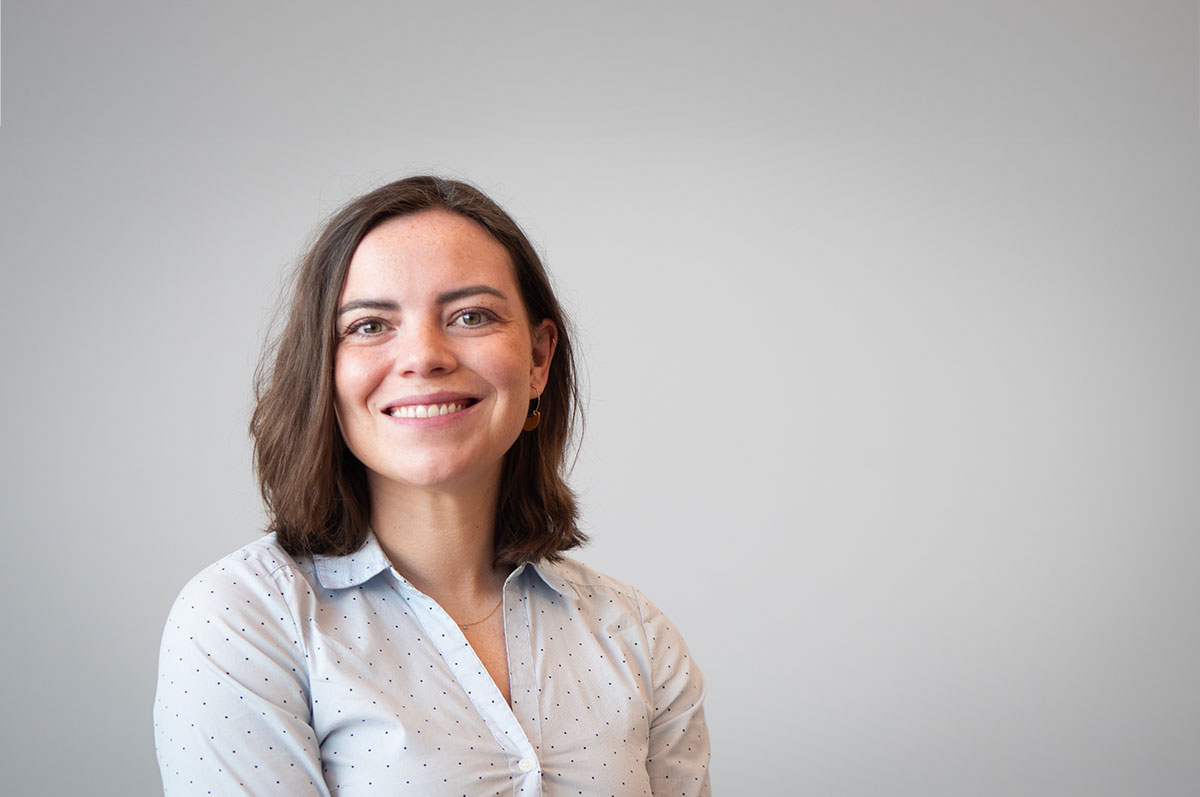Combatting Maternal Mortality with Data
Former refugee and future physician Sabitra Niroula hopes to help women worldwide give birth safely
Looking back, Sabitra Niroula is amazed that her mother survived giving birth to four children in a refugee camp. While the camp in Nepal where Niroula grew up provided educational opportunities, the lack of sanitation was an ongoing problem. Even now, despite improvements, many women still die giving birth in Nepal and other countries in the region.
Niroula, now a student in Regis’ Master of Biomedical Science program working on a capstone project focused on maternal mortality, remembers the camp well. She can easily recount her family’s story, from her great-great grandparents’ move to Bhutan from Nepal in the 1800s, to more than a century later, when her parents, their siblings, and their parents walked across mountains and valleys to leave Bhutan and start over in an unfamiliar Nepal. In the 1980s, the government in the majority-Buddhist Bhutan began a push for national homogeneity. Due to their Nepalese heritage and Hindu religion, Niroula’s parents and grandparents were stripped of their Bhutanese citizenship.
The Nepalese government let them and other Bhutanese refugees in, but didn’t provide pathways to citizenship. The refugee camp, with its houses made of bamboo, plastic, and thatch, became the family’s home. In 2009, when Niroula was 12, her family moved to the United States.
Niroula says her childhood in Nepal shaped who she is today. She’s planning to become an obstetrician-gynecologist, with the goal of helping women give birth safely and improving global maternal mortality rates.
For her capstone project, she’s been digging up data and comparing countries, particularly in South Asia, to see which are doing well and why. Sanitation, water sources, the number of obstetrics providers and nutrition are just a few of the contributing factors. The project, she said, “has helped me see the areas that are improving and how things are happening in different parts of the world that have made it better or worse in terms of maternal health.”
If all goes as planned, Niroula will eventually work both domestically and overseas as an obstetrician-gynecologist, with the United States as her home base. “My current research about maternal mortality has shown that there’s been a huge amount of progress in Nepal,” she said, so while she would love to work there, she may work in other countries in South Asia and West Africa where maternal health remains a greater challenge. She also wants to be careful to avoid the “savior complex” that’s easy for Americans to develop when working in other countries.
“When we lived in Nepal, what made the most impact was people coming and teaching us how to do things, not doing things for us,” she said. She would want to approach her work that way, training community members so they’re not dependent on her and the work can continue when she leaves.
Once Niroula finishes her master’s in April, she’ll start applying to medical schools. In the meantime, she’s working at a dermatology clinic to broaden her perspectives on what else she could do in healthcare, though she’s fairly set on obstetrics and gynecology. When she shadowed doctors as an undergraduate, she said, “I realized my passion was helping women give birth.”



